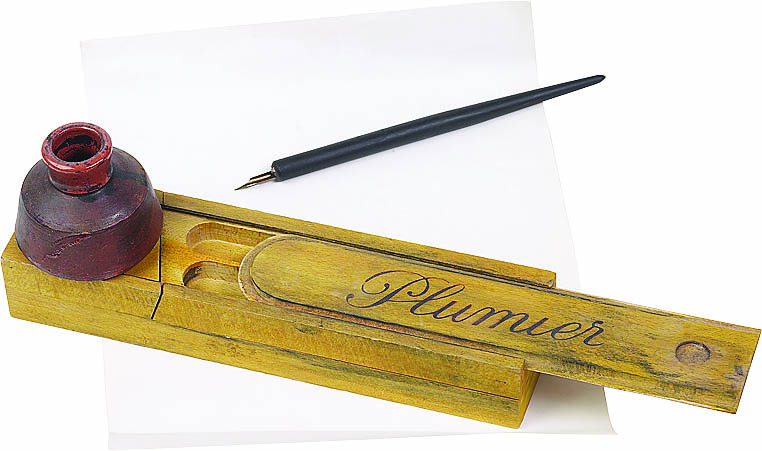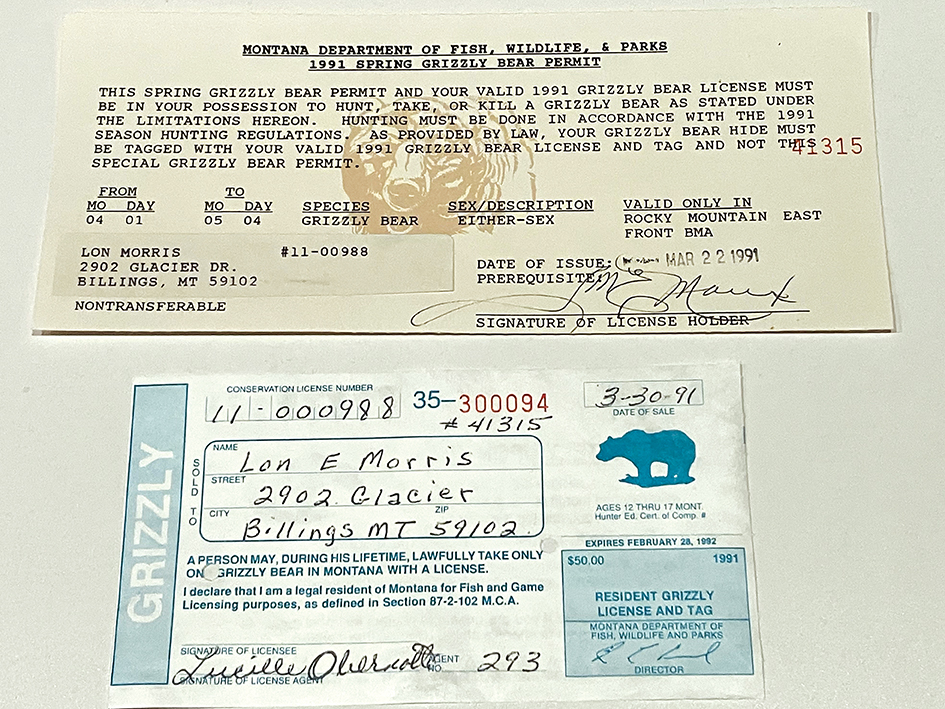Letters from Readers
Concerning Bears, Buckskins and Brawling – 1899 Style
column By: Lon E. Morris | June, 25

Literally, I am an old “Spot and Stalk” bear hunter. Even though I have not harvested a bear in more than 30 years, I sometimes in the spring – usually in May – load up my trusty hunting companion “Turbo”, fire up the jeep and head off to the mountains to hunt a bear. The gun of choice is my .22 pistol, when I remember to throw it in the lunch bucket. There is nothing like a damp day in May to find a spot where you can glass several miles of meadows. Usually, just before dark, a bear will materialize in a park you have glassed 100 times that afternoon. What a thrill!
Strictly from a bear hunter’s perspective, I would like to offer some thoughts on the article.
Firstly, concerning the buckskin clothing; I do not have any experience wearing “buckskins” as I would not be caught dead in the things. However, considering an open-minded approach to the subject, I wonder if there was/is a practical advantage to wearing buckskins? The first way to spook a bear is to have a piece of rip-stop nylon scrape a bush, while stalking. They can hear the scrape of man-made material, I swear, a mile away! So, buckskins would offer stealth when stalking. I also wonder if they possibly could provide a scent barrier, as they do block the wind, which is something I have been told by people that wear buckskins. Bears can scent a human (with equal efficiency as hearing the noise of man-made material) the proverbial mile away! Back in the day, most successful bear hunters wore 16-inch, leather-topped L.L. Bean boots to avoid the scraping noise problem. They also wore old, faded denim jeans, which would bring an insane amount of money in today’s fashion scene. But they were soft. Personally, I wore a felt shirt and a green Filson wool coat, to also avoid noise. Most, if not all the hunters I knew preferred to hunt in the rain, as it would drive the scent straight into the ground. Pure wool clothing is also warm when wet.
Let’s move onto the .303 Savage Model 99. The serious bear hunters of my acquaintance, to a man (I didn’t know of any female bear hunters) said that most novice hunters were too heavily armed and wounded more bears by shooting “through” the bear. I knew an old-time Wyoming guide that hunted in the glory days after he returned home from World War II and through the 1970s. He emphatically stated that the .250-3000 Savage 99 was the best bear rifle ever! My personal favorite rifle was a well-worn Pre-64 Model 70 Featherweight in 308 Winchester. This makes an interesting comparison to a 303 Savage 99.
Although I have never harvested Montana grizzly bear, in 1991, I came close as I drew one of the last grizzly bear licenses issued by the State of Montana.

While all the above are mostly just my opinion, I would like to offer another possible ending to Jim’s story. Now, it seems just a little to coincidental that “Grizzly Pete” was located on the Buffalo River, Idaho, and E.E. Jones hailed from Townsend, Montana. However, I thought that was odd, as didn’t Elmer Keith hail from Townsend, Montana, in his early days, and didn’t Jack O’Connor live around Lewistown, Idaho, in his later years? Both “Pete” and “E.E.” disappeared around the turn of the century, so is it possible they were reincarnated and kept the battle going well into the 1970s? At this point I will leave the reader to draw his own conclusions.
Lon E. Morris
Roberts, Montana


